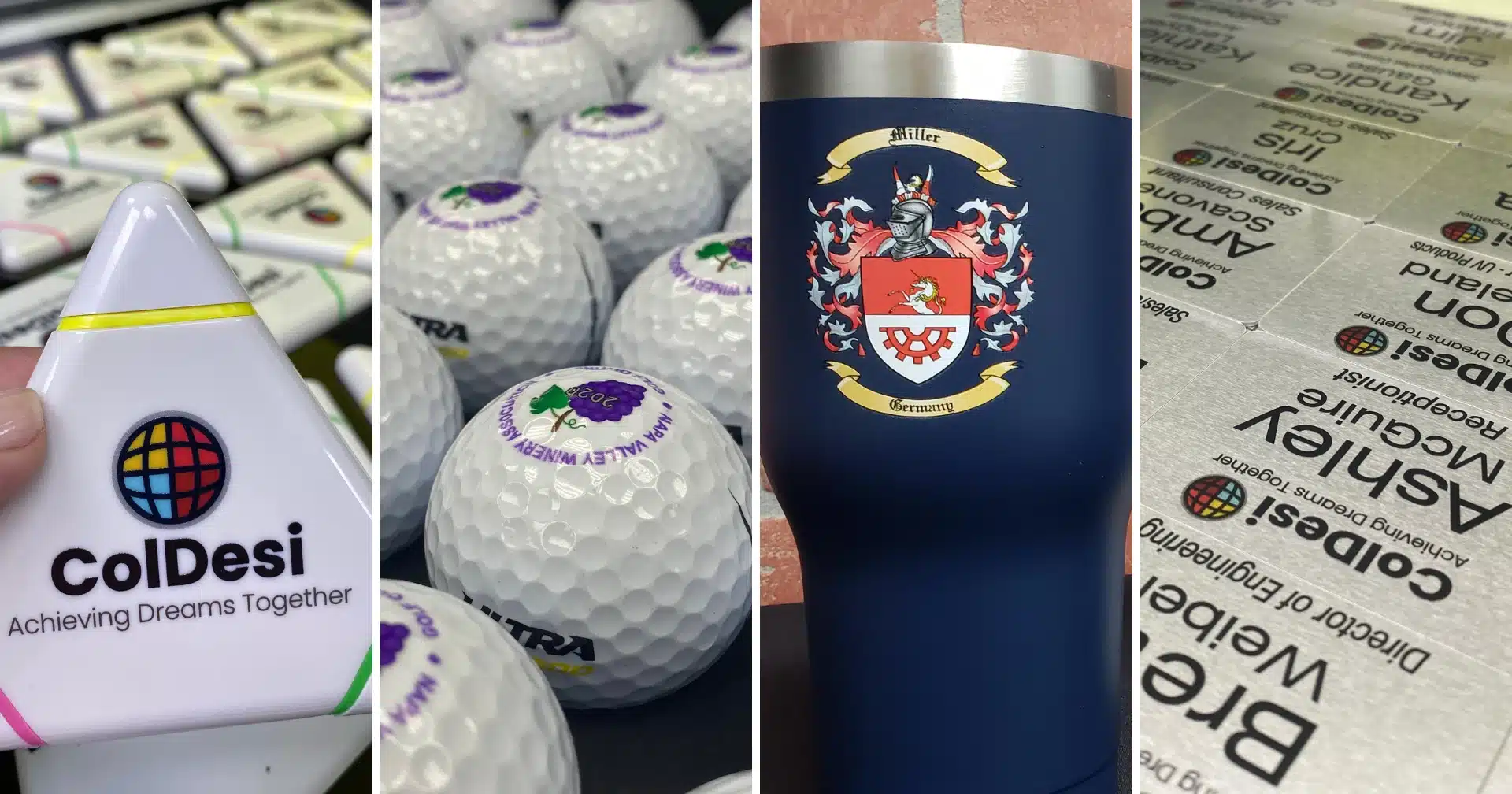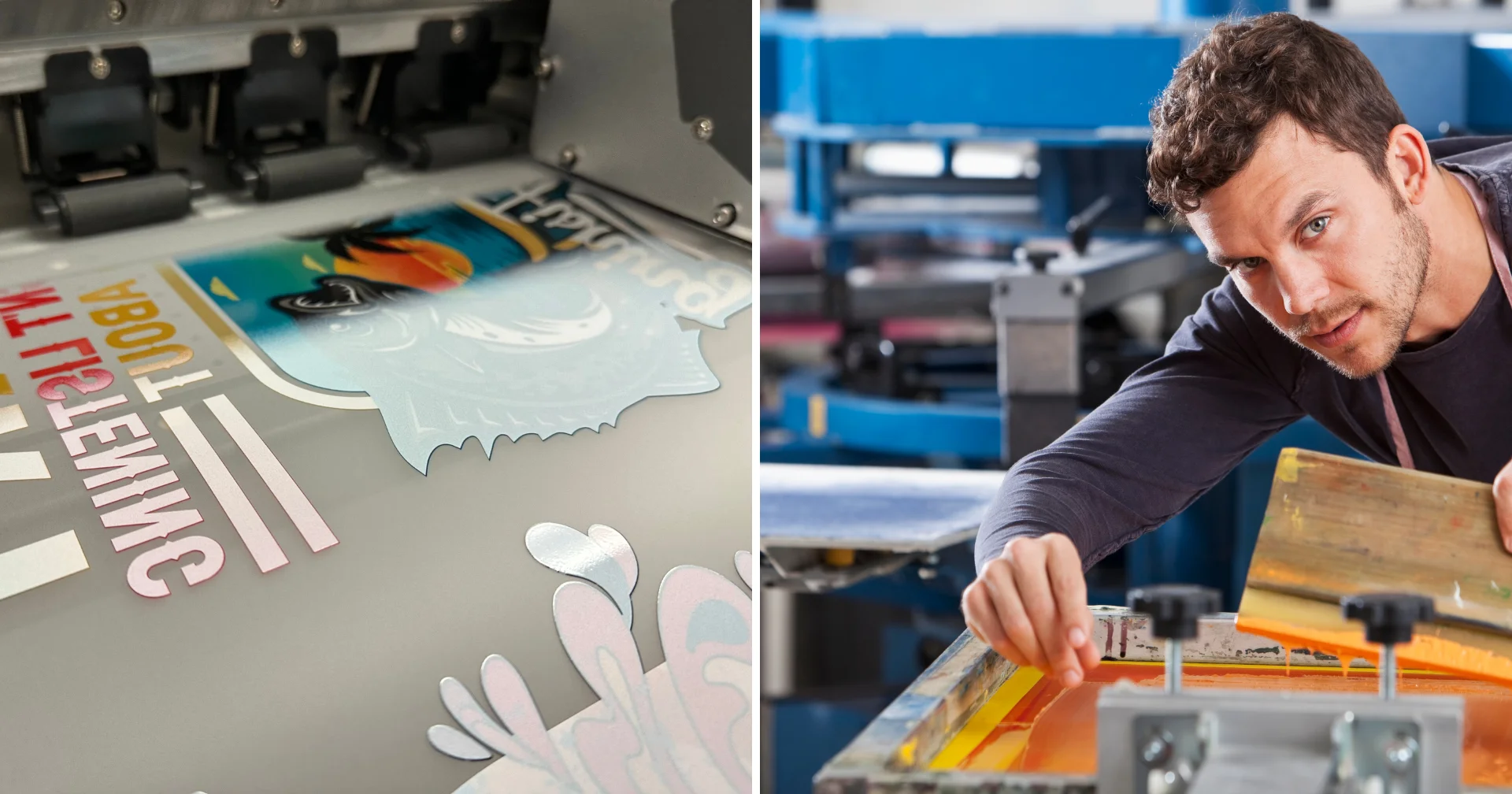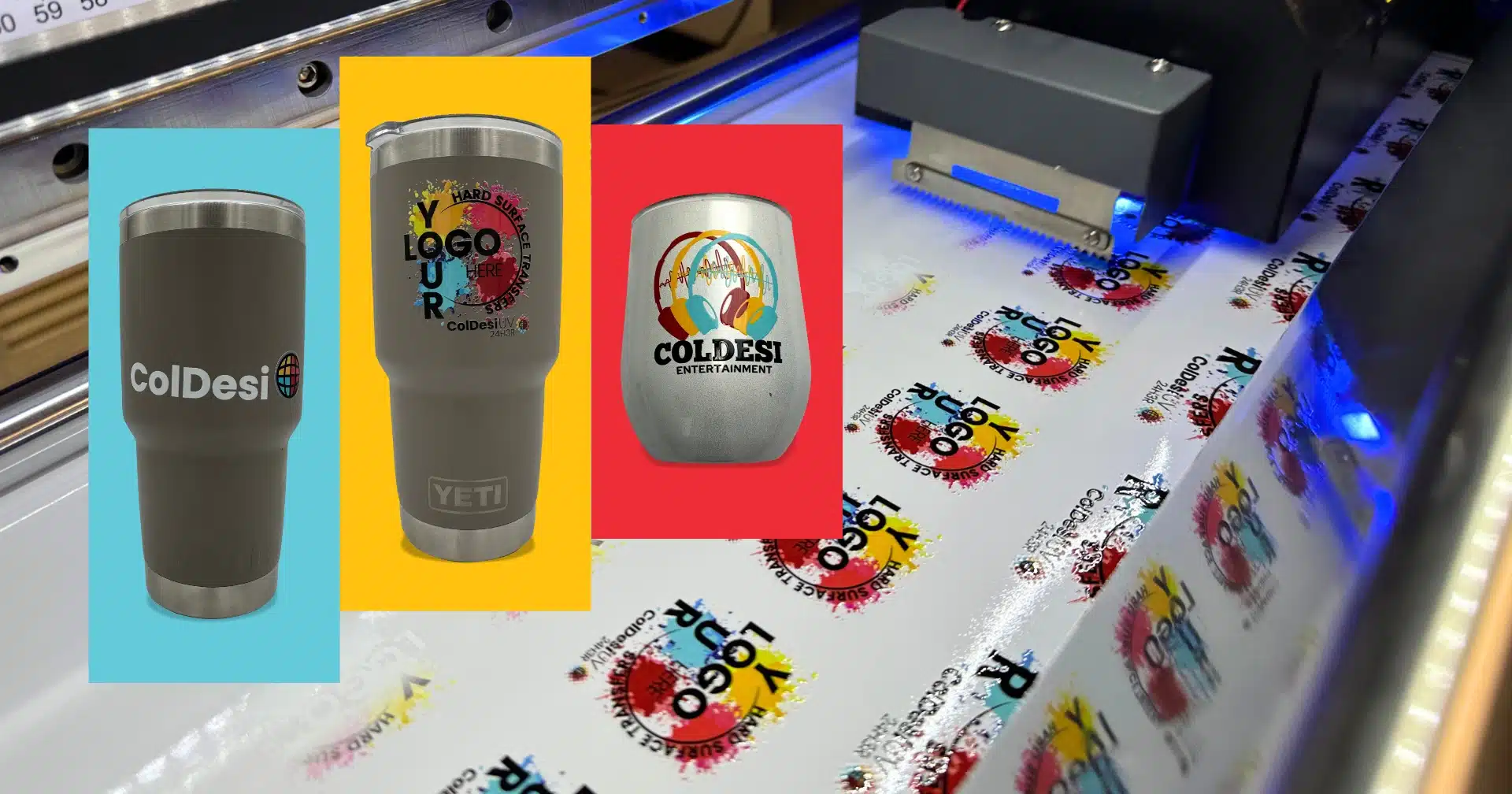Here we’ve put together a list of the top 7 Mistakes to avoid when embroidering hats.
Caps and hats are particularly difficult and more prone to problems in quality. And if you’re not careful, poor quality can happen faster than you think.
Mistake #1: Running Your Embroidery Machine Too Fast
The best advice for creating the best embroidery is to slow down! For a typical hat design, a machine should run at about 600 stitches per minute with a hat frame and around 750 for a flat. Of course, this is just a suggestion. Every design will be different. You should always slow your system down if a design has some intricate details or little letters.
In cases of intricate embroidery designs, you can improve registration by slowing down to about 550 stitches per minute for hat frames and 650 stitches per minute for flats. Slowing down an embroidery machine will do it right the first time, as well as saving money by avoiding the wasted product.
Speed will not matter at all if you deliver a poor quality product to your customer.
Mistake #2: Improper Hooping
Commercial embroidery, especially hats, will suffer when improperly hooped. Hats have to stay tight in the Durkee hoop; it should stay straight and centered.
There will be times that a logo or design needs the embroidery slightly skewed to look good. Try to give these specialized products to your most experienced hoopers and embroiderers.

Mistake #3: Not Watching Thread Tension
Thread tension problems are the most common mistakes in commercial embroidery. Run regular thread tension checks or you will keep your complaint department working strenuously.
Quality always comes from proper tension, which enables your stitches to be nice and tight.
Your commercial embroidery machine should always have the right thread tension, so logos and letters will keep looking crisp.
Mistake #4: Overlooking the Bobbin
Check the thread tension every time you change bobbins. Do you wear a seatbelt when you drive? It is the same thing. Get into the habit of checking and it becomes second nature.
A bobbin that is too loose or tight the quality of your embroidery will take the hit. The procedure is fast, easy and essential to consistent quality. There is no excuse not to do it every time!
Mistake #5: Not Changing Needles Often Enough
There are no written-in-stone rules for changing needles on commercial embroidery machines. There are several factors, such as how many hours the machine runs, the type of material used and the quality of the needles. A good habit is to check your needles at least weekly, replacing them as needed.
Regular needle replacement is necessary, especially if the timing is off, and the needle does not synchronize with the movement of the bobbin case. Not replacing a bent needle can scratch the bobbin case and make burrs, which then frays and breaks the thread. This chronic problem eats up production time.
Mistake #6: Incorrect Placement
Embroidering a hat, the customer might ask for a lowered embroidery design placed next to the bill. This is common in embroidered products purchased at mall kiosks. The client might not understand why it is not a good idea to decorate designs too low on a cap.
The answer is easy. Embroidery placed lower on a hat next to a bill of a hat, often was there before assembling the hat. Usually, the stitching was on a flat panel program. Professional embroiderers usually deal with premade garments; we are limited to putting a design no less than half an inch away from both the front bill and sides of the hat.
Other placements will compromise the quality of the hat, embroidery or both. In addition, catching a needle on the bill of the cap or the frame will probably crash the machine.

Mistake #7: Forgetting About Digitizing
The biggest mistake in commercial embroidery of caps is failing to digitize a logo or designs, taking into account the specific product. If you are embroidering on caps or hats, using a file designed for a flat like a T-shirt, you will have problems.
The push and pull a curved substrate is different than nor a flat frame. A professional digitizer can modify the data for the pull compensation for rounded surfaces.
Avoid these mistakes and you can maintain high quality and reduce the number of products you need to redo. A few easy steps are all it takes to produce quality embroidery and keep customers coming back!
For more information about SWF Commercial Embroidery Machine, supplies and support, visit ColmanAndCompany.com or call 800-891-1094 today!
Do you have any tips to avoid common mistakes in cap embroidery? Let us know in the comments!






